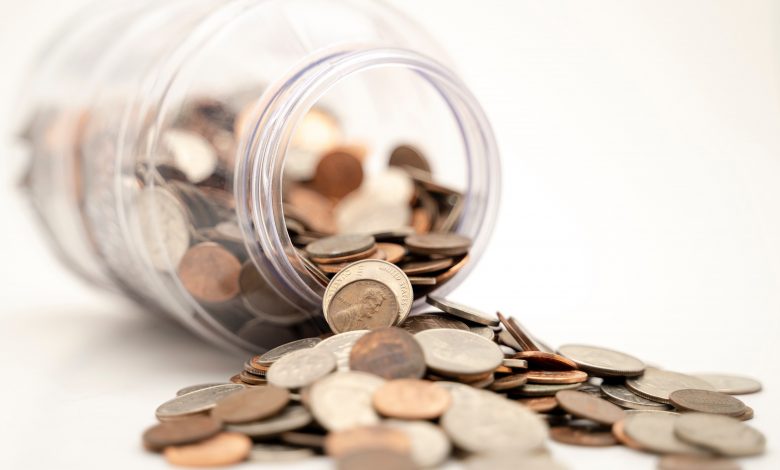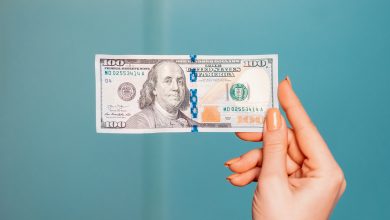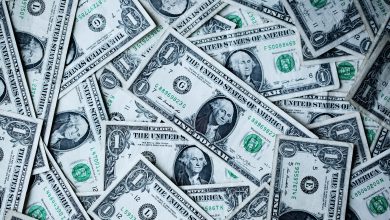
There are many advantages to living the life of a freelancer. But the undeniable downside of freelancing is having a variable income that fluctuates from month to month. While freelancing can be freeing, it can also lead to an uncertain financial situation. Below, we’ll go through five essential personal saving and investing tips for freelancers to help deliver peace of mind and security in your finances.
Employees have the option of having their savings automated through a 401(k), which puts their savings on autopilot. As a freelancer, you don’t have it quite so easy. While you get to work where and when you want, you must be disciplined with your finances if you’re going to grow a retirement fund for your future.
Where Should Freelancers Start Saving and Investing?
The first place to start is to figure out what your monthly expenses are and how much net income you can afford to save. In other words, you need to create a budget. Only when you know how much disposable income you have available to save will you be able to start securing your future.

1. Create a Budget
Once you have a budget worked out, now you can begin to plan a strategy for saving and investing. Your budget should start with the essential living expenses, which include your rent or mortgage, gas money, money for food and going out, your utilities, and any loans you have outstanding. When this is done, you know exactly how much money you need to make each month. Only when you’re making more than that amount can you begin to put away money for savings and investments.
2. Create an Emergency Fund
Having an emergency fund is critical for every freelancer due to the volatile nature of your income. If you don’t have a nest egg of liquid assets at your disposal, what will you do when your car breaks down or your water heater bursts? Upending life events happen at the most unexpected times, and without an emergency fund to cover these expenses, your options go from bad to worse.
Everyone should have an emergency fund, not just freelancers. As a freelancer, you will want to have a more significant emergency fund than a salaried employee. So now the question becomes, where do you stash your savings?
Typically, your safest options for saving money are either in a high-yield savings account or in a CD (certificate of deposit). But while CDs can offer higher interest rates, you can’t access your money as quickly without paying a fee. It doesn’t hurt to use a CD as part of your retirement savings, but a high-yield savings account is your safest choice for an emergency fund.
The number to look for in the best high-yield savings account is an annual percentage yield (APY) of 2-percent. Most high-yield savings accounts will be just below 2-percent, but there are some available offering as high as 2.20-percent.
3. Keep Personal Finances Separate from your Business
One of the first things you should do when starting fulltime as a freelancer is to open a business checking account. With a separate business account, you’ll receive a credit card for business purposes, and you’ll know exactly how much money is coming in and out every month.
Once you get going, you can start to pay yourself a salary from your business account, and you’ll also make your life easier when it comes to tax season. The tax benefits from paying yourself a salary come into play when you elect to be paid as an employee from an S Corp.
In this example, your regular paycheck will be taxed as it was when you were considered self-employed, but any amount that you make beyond your paycheck will be regarded as pass-through income. Pass-through income eliminates the requirement to pay Social Security tax, which will end up saving you over 15-percent on whatever your pass-through income totals.
4. Invest in an IRA and Give the Maximum Contribution
An IRA allows you to save while receiving tax breaks for your savings. Any of the investment gains made through an IRA are tax-deferred, which allows your investments to grow larger over time. Whether you choose a Roth IRA or a traditional IRA, you want to make sure that you are contributing the maximum amount of money each year.
If you expect your tax bracket to be higher during retirement than it is currently, a Roth IRA is likely the best choice. In a traditional IRA, the tax break is upfront, as your contributions that year are tax-deductible. The upfront tax break is a clear benefit, but you will most likely end up spending the money that you saved.
With a Roth IRA, you can withdrawal your money tax-free in retirement. This ends up being the better savings choice and leaves you with more money in the long run. Another advantage of a Roth IRA is that distributions can be drawn at any time. With a traditional IRA, there’s a 10-percent penalty for early withdrawals unless you meet particular circumstances.
The contribution limit for both is $6,000 in 2020 and $7,000 if you’re over 50-years-old. And because this money is tax-free when you take a distribution in the future, it’s a no-brainer to make the maximum contribution. Whichever IRA you choose, it allows you to both save on your taxes and save for retirement at the same time. To save up enough money to make the maximum contribution, try putting away $500 each month, and by the end of the year, you’ll have $6,000 to contribute.

5. Keep Track of Your Time
As a freelancer, time is money. There is only so much time in the day, and you literally cannot afford to get distracted. One of the best ways to make sure you stay on track is to time-block your calendar.
Plan out your day in chunks and commit blocks of time to what you need to accomplish that day. Sometimes this will be the same for multiple days at a time, and other days you’ll need to move things around and prioritize how to use your precious time.



